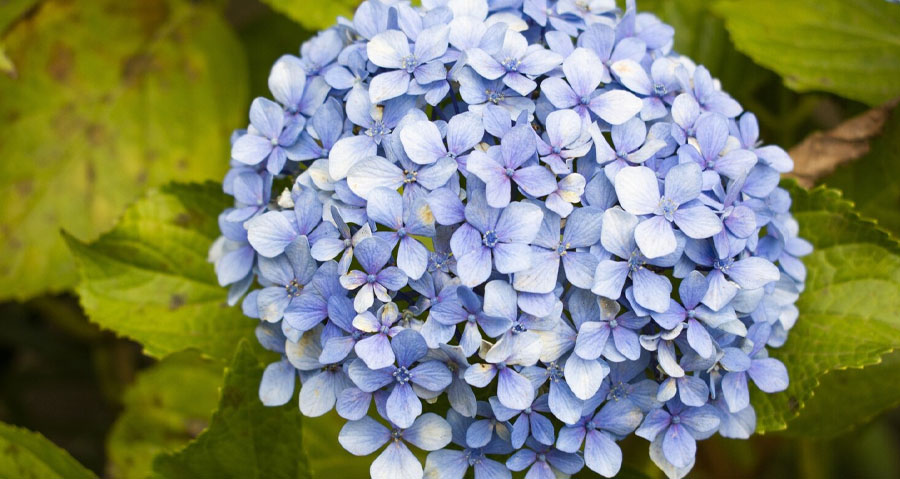Throughout the world, hydrangeas have been grown for centuries. Their elegance and enchanting colours have made them a popular flower in florist shops and homes alike. Perhaps a trip to your florist sparked your interest in these beautiful and versatile blooms, or when you saw Hydrangea seeds at your local market. Do not worry, we are here to answer every possible question you have about them. Find out more about hydrangeas by reading on.
Types of Hydrangeas
Let’s first examine a few types of hydrangeas that are grown in the world.
- Oakleaf: These types of hydrangeas are native to warmer climates as they can withstand heat.
- Bigleaf: They are native to coastal regions of Japan and can also be found in seaside areas of North America.
- Panicle: These can grow in both chilly and warm areas. They grow up to 15 feet tall.
- Smooth: They grow well in colder climates and are often referred to as snowballs because of their appearance.
- French: These are native to the eastern coast of Japan but were introduced to Europe in the 18th century. They are popular because of their vibrant and beautiful blooms.
Easy to Grow
Hydrangeas are not stubborn and picky like some other flowers, they are versatile and easy to grow. To be more specific, oakleaf hydrangeas are the best choice if you are a beginner. They can tolerate harsh weather conditions like colder temperatures, more sun and drought. For beginners looking for a flower that is not too difficult to plant, oakleaf hydrangeas are the best choice.
How to Plant and Take Care of Hydrangeas
The first thing you need to do is find a suitable location for the hydrangeas. Keep in mind you are looking for a place that gets direct sunlight during the day and cool shade in the evenings. The best planting season for Hydrangeas is spring and fall. The most important thing is to keep the hydrangeas hydrated and moist, without drowning them. The soil used for planting has to be rich in the inorganic matter for your flowers to thrive. Adding organic mulch will help keep the soil cool and moist while also providing nutrients as it breaks down.
Colour Changing
The colour of hydrangeas is pH sensitive. If the soil that they are planted in is more acidic, the flowers will have a more blue shade. If the soil is alkaline, the flowers will be more of a pink hue. This fact does not apply to white hydrangea flowers as they do not change colours.
Keep Hydrangeas from Wilting
Once your hydrangeas have bloomed and have been cut and arranged, you need to take care of them and prevent them from wilting. Maintaining the hydration of stems requires cutting them and soaking them in water. It may be necessary to soak the hydrangea heads in water for several hours if they still wilt.
Now that you know everything about Hydrangeas, it is time for you to get them for yourself or your loved ones. These beautiful flowers symbolize gratitude, grace, and beauty and are a must-have for any home. We also have a variety of personalized gifts, flowers, and cakes to choose from. We provide a wide range of flower arrangements for every occasion. We provide top-quality service to our customers. If you want to avail our services, please feel free to contact us.
